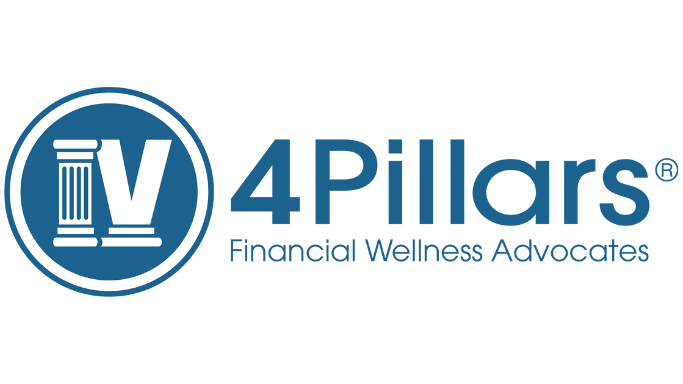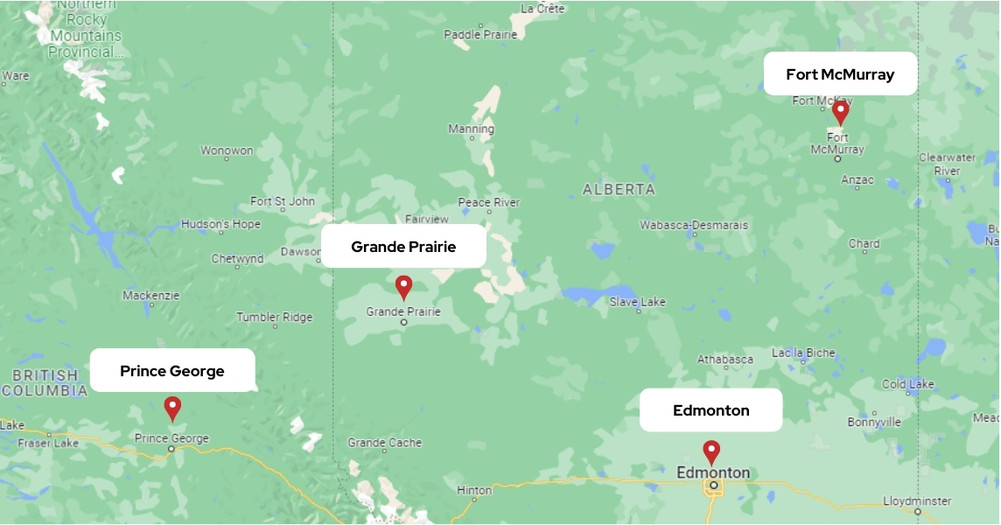Over-spenders share a common vice: holding onto a lifestyle they simply can’t afford until it devastates them. This mentality has led to the debt problems being faced by the Canadian consumer. According to the latest predictions from the parliamentary budget watchdog, Canada will hit its highest household debt level since 1990 later in 2016. Whether you’re losing sleep over exploding bills or simply looking to stop depleting your savings account, here are some debt solutions to tackle your household debt before your only choice is bankruptcy:
Unify your debt
It sounds simple, but putting your debt in as few accounts as possible will give you a better handle on where your money goes. Don’t get too distracted by low initial interest rates without looking at total interest costs. The better organized your debt and the faster you repay principal, the less total interest you’ll pay.
Credit counselling
Credit counselling services are available, but may be different from province to province. Contact a local family or community counselling office or a credit counselling association to find out how to get in touch with such a service. If you have difficulty making a budget and sticking to it, counselling may help you.
Debt consolidation loan
You can ask a bank or financial institution about combining or “consolidating” your debts into one loan. In such a case, the bank or financial institution will pay off all your debts and, in return, you make single monthly payments to the bank or financial institution. Make sure you shop around because interest rates are different. It is important to stop buying on credit. Continuing to use credit could make your debt load too great for you to handle.
Consolidation order
If you live in Alberta or Saskatchewan, you may apply for a consolidation order. A consolidation order sets out the amount and the times when payments are due to the court. The court will distribute your payments to your creditors. This part of the Bankruptcy and Insolvency Act (Part X: Orderly Payment of Debts) lets you pay off your debts over three years and frees you from creditor harassment and wage garnishment. Unlike bankruptcy, you do not lose your assets.
Voluntary deposit scheme
For residents of Quebec, the Voluntary Deposit scheme (better known as the “Lacombe Law”) is similar to a consolidation order. You must make a monthly payment based on your income and number of dependents, to the court. This service is usually available at the local courthouse.
Changing your spending pattern
You can organize your debt load perfectly, but if you’re not changing the way you spend, you’ll just end up with a different color of debt. Create a cash-flow plan that puts a dollar limit on high-risk expenses, such as credit-card purchases for non-essentials. You can also set up your bank account to automatically pay everything from property taxes and utility bills to credit-card balances, which will prevent you from falling behind on payments and facing ballooning balances due to interest charges.
Don’t stop saving
A good financial plan should include contributing to debt repayment and savings simultaneously. Cutting back on long-term investments for a while to tackle your debt problems makes sense, but putting money aside for unforeseen emergencies is essential too. Having an emergency fund also prevents you from relying solely on your retirement savings during a crisis.
Contact your creditors
Explain why you can’t make your payments and suggest making lower payments over a longer period of time. You may be surprised by how many creditors are willing to accept such arrangements.
By following a disciplined approach you can overcome your debt problems. For more detailed debt-tackling strategies and debt solutions for your household debt, get in touch with 4 Pillars.


